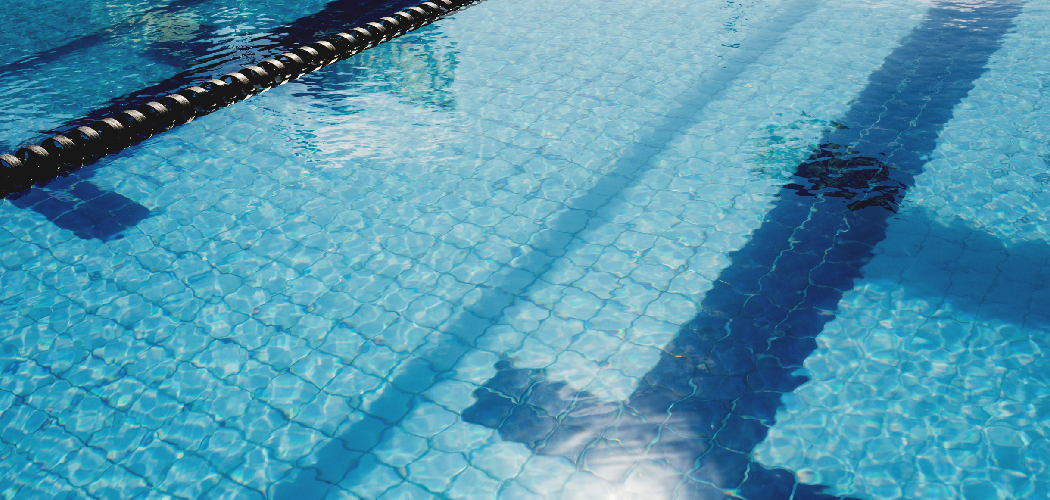Maintaining proper water chemistry is essential for the health and clarity of a saltwater pool. One crucial parameter that pool owners must monitor and adjust is alkalinity. High alkalinity levels can lead to imbalances in pH, making the water cloudy and potentially causing damage to pool equipment.
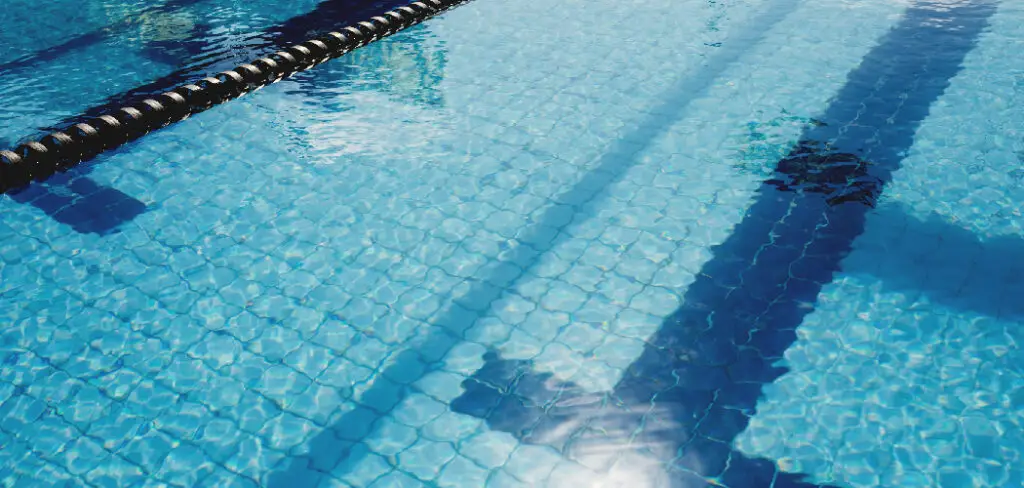
To ensure a clean and refreshing swimming experience, it is important to understand how to lower alkalinity in salt water pool. This article provides a comprehensive guide on effective strategies to reduce alkalinity levels.
From testing the water and determining the ideal alkalinity range to employing various corrective measures such as adding acid or using specialized alkalinity reducers.
This article will equip pool owners with the knowledge and techniques to maintain optimal water chemistry and enjoy crystal-clear, balanced water in their saltwater pools. So, let’s dive into the world of pool chemistry and discover how to keep alkalinity in check for a perfect swimming environment.
What Causes High Alkalinity in Saltwater Pool?
High alkalinity in a saltwater pool is caused by a high level of carbonates and bicarbonates that normally occur naturally in water. In addition, high levels of calcium, magnesium, and sodium can also cause elevated alkalinity. Furthermore, some additives like baking soda and other chemicals used to treat the water can increase the alkalinity. The presence of organic matter in the water, such as algae and bacteria, can also contribute to higher alkalinity levels.
To ensure that your pool remains safe for swimming, it’s important to maintain a proper balance between pH and alkalinity. High levels of alkalinity can cause scale build-up on pool surfaces, and the water quality can also become cloudy. Elevated alkalinity levels may also result in difficulty with chlorine sanitation and cause skin irritation or other health problems if pH levels become too high.
It is possible to lower alkalinity in a saltwater pool through proper maintenance and management. Before adjusting alkalinity levels, it is important to test the water’s pH and alkalinity levels first. This will help you determine how much treatment needs to be done in order to get the pool back into balance. Once testing has been conducted, adjusting the alkalinity can be done through a variety of methods such as adding acid or other chemical treatments.
How to Lower Alkalinity in Salt Water Pool
1. Test the Water
Regularly testing the alkalinity level of your saltwater pool is essential for effective management. Use a reliable water testing kit to determine the current alkalinity reading. Aim for a range of 80-120 parts per million (ppm) for optimal results. If the alkalinity level is higher than 120 ppm, you will need to take steps to lower it. When testing, make sure to follow the instructions on your test kit carefully.
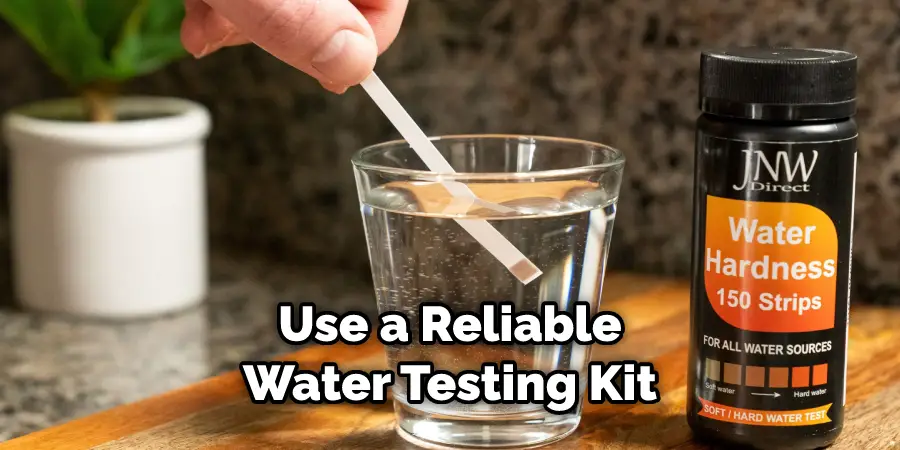
2. Dilution
One simple method to lower alkalinity is to dilute the pool water by adding fresh water. This will help lower the overall concentration of alkaline substances. However, keep in mind that dilution may also affect other water chemistry parameters, so monitor them closely.
Also, take care not to add too much fresh water as this can cause the pool to become unbalanced and difficult to manage. Although adding fresh water may take some time to lower the alkalinity levels, it is a safe and effective way to do so.
3. Use Muriatic Acid
Muriatic acid, also known as hydrochloric acid, is commonly used to lower alkalinity. Follow the manufacturer’s instructions and gradually add small amounts of acid to the pool water, allowing time for it to circulate and test the alkalinity levels before making further adjustments. Be sure to wear protective gloves, goggles, and other safety gear when working with acid.
When adding the acid, pour it slowly down the pool wall and avoid pouring it directly into the skimmer, which could damage the filter. Adjustment of alkalinity should be done in small increments, no more than 1/2 pound per 10,000 gallons of water at a time. Less is more when adjusting alkalinity levels, and it’s better to make several small adjustments than one large one.
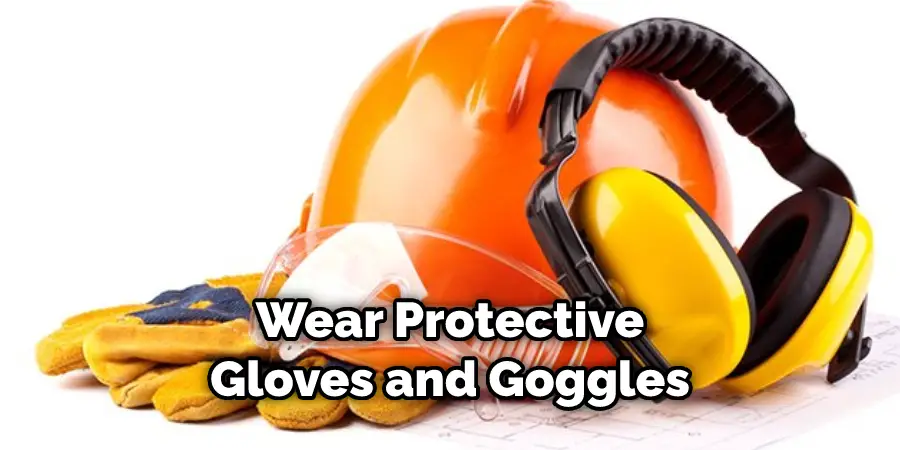
4. Acid Injection System
For larger pools or those requiring frequent adjustments, an acid injection system can be installed. This system automatically injects the appropriate amount of acid into the water to maintain optimal alkalinity levels. Consult a professional for installation and maintenance. If you opt for an acid injection system, it is still important to regularly test your alkalinity levels and adjust the chemical feed rate as needed.
Although an acid injection system is more expensive than other methods, it helps to ensure that your pool alkalinity and pH levels remain balanced at all times. Make sure to follow the manufacturer’s instructions when using an acid injection system.
5. Carbon Dioxide (CO2) Injection
Carbon dioxide injection is another effective method to lower alkalinity. This process reduces the pH level, which subsequently lowers alkalinity. CO2 can be injected into the pool water using a dosing system specifically designed for this purpose.
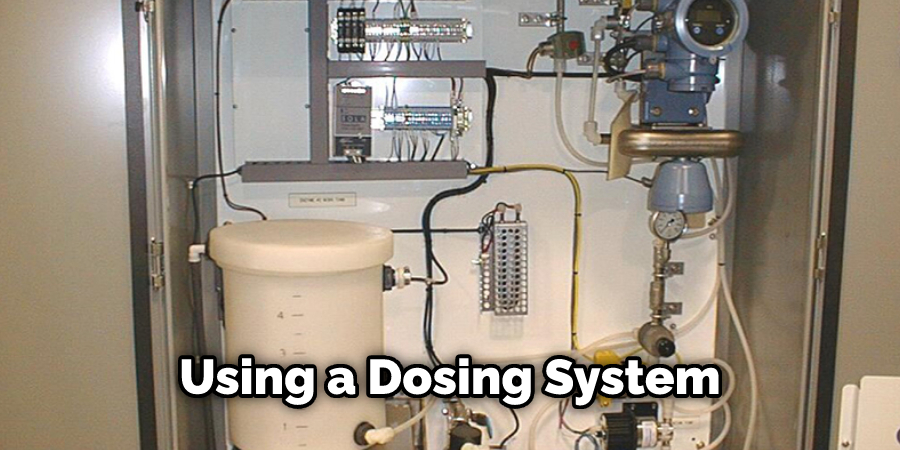
The dosing system consists of a small tank, regulator, and pH controller. The tank holds the CO2 gas while the regulator regulates the amount that is released into the pool water. The pH controller monitors and adjusts the pH level in the pool to ensure it remains at an optimal level.
This method is economical and easy to use, however, it does require regular maintenance. It is important to regularly monitor the pH level in your pool to ensure it remains at the desired level. If it gets too low, you may need to adjust the CO2 dosing rate or add additional alkalinity-lowering chemicals.
6. Acidic Fertilizers
In some cases, adding small amounts of acidic fertilizers, such as ammonium sulfate or ammonium chloride, can help lower alkalinity. These fertilizers contain elements that can decrease alkalinity levels.
However, it is crucial to carefully follow guidelines and avoid excessive use. Too much fertilizer can cause significant damage to your pool and even affect the health of those using it. Additionally, be sure to keep an eye on other parameters like pH and calcium hardness, as acidic fertilizers can also affect these.
7. Natural Methods
Certain natural substances can help lower alkalinity levels in a saltwater pool. These include peat moss, which can be placed in a mesh bag and suspended in the pool, as well as bales of hay or barley straw. These materials release organic compounds that can reduce alkalinity. This method is best used in combination with other methods, however, as the results are not immediate and can take up to three weeks to be noticeable.
Be sure to replace the material once it has been completely used up. Additionally, adding a capful of muriatic acid directly to the pool while the pump is running can also help to reduce alkalinity. Be sure to add slowly and test regularly, as the acid can cause corrosion or other damage if added too quickly.
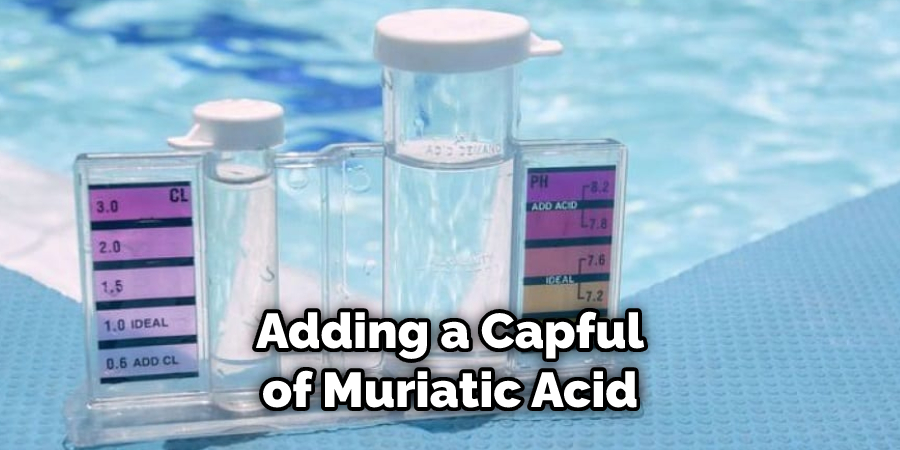
8. Using Alkalinity Reducers
There are commercially available alkalinity reducers specifically formulated for saltwater pools. These products effectively lower alkalinity levels when used as per the manufacturer’s instructions. They are typically added directly to the pool water and should be distributed evenly.
Be sure to re-test the alkalinity levels in your pool after adding any products, as they can raise or lower levels in unpredictable ways. Additionally, it is important to consult a pool professional if you are uncertain about using an alkalinity reducer. Doing so will help ensure that the pool water remains balanced and safe for swimmers.
9. Enhance Aeration
Increasing aeration can help in lowering alkalinity levels. Water features like fountains, waterfalls, or spillovers increase the air-water interface, allowing carbon dioxide to escape and reducing alkalinity. Running these features for extended periods or installing additional ones can aid in maintaining balanced water chemistry.
10. Seek Professional Help
If you’re unsure about how to lower alkalinity or if the alkalinity level remains consistently high despite your efforts, it may be beneficial to consult a professional pool technician. They can conduct a thorough analysis, offer personalized recommendations, and ensure proper maintenance of your saltwater pool. This can help you avoid costly repairs in the future and ensure your pool remains healthy for years to come.
Some Common Mistakes When Lowering Alkalinity in Salt Water Pool
1. Adding Too Much Acid at One Time:
When lowering your alkalinity, you should add small amounts of acid over the course of a few days. Adding too much acid at one time can cause pH levels to crash, resulting in cloudy or discolored water and even the potential of corrosion on pool surfaces and equipment.
2. Not Testing Regularly:
When trying to lower alkalinity values, it is important to regularly test your pool’s pH and alkalinity levels. This will help you gauge how quickly your alkalinity is dropping and if you need to adjust the amount of acid being added.
3. Not Having Enough Alkaline Reserve:
It is important that saltwater pools maintain a minimum alkaline reserve level of around 80ppm. This ensures that chlorine won’t be depleted quickly by acidic conditions in the pool. If alkalinity is lowered too much, it can be difficult to bring back up and maintain this level.
Conclusion
Lowering alkalinity in a saltwater pool is no small feat, but it can be done with the correct knowledge and supplies. Remember that while acidic levels need to be monitored, pH levels should also be kept within a certain range in order to keep your pool as balanced and healthy as possible.
Test your pool regularly and use products like sodium bicarbonate or a buffer to lower the alkalinity when needed. Do your research when purchasing pool cleaning supplies because some may not be designed specifically for saltwater pools. Thanks for reading, and we hope this has given you some inspiration on how to lower alkalinity in salt water pool!

